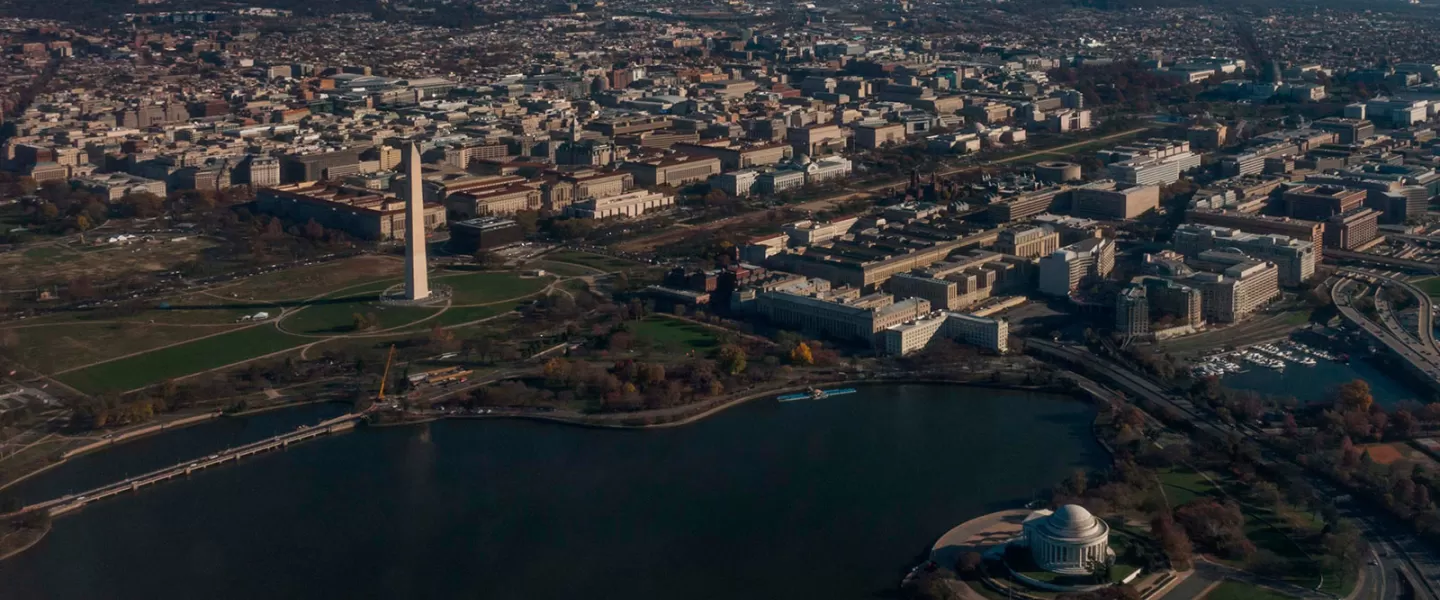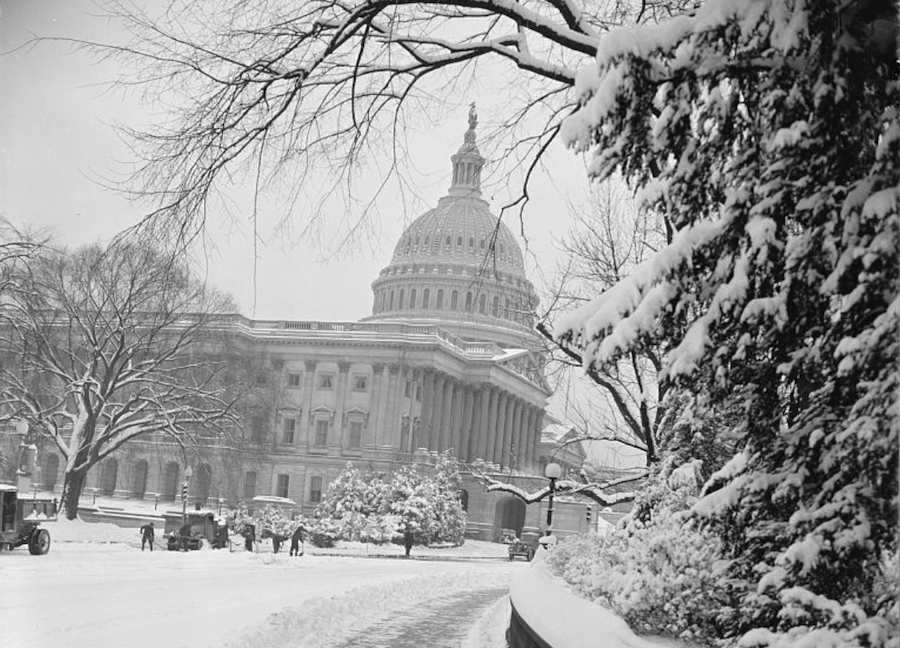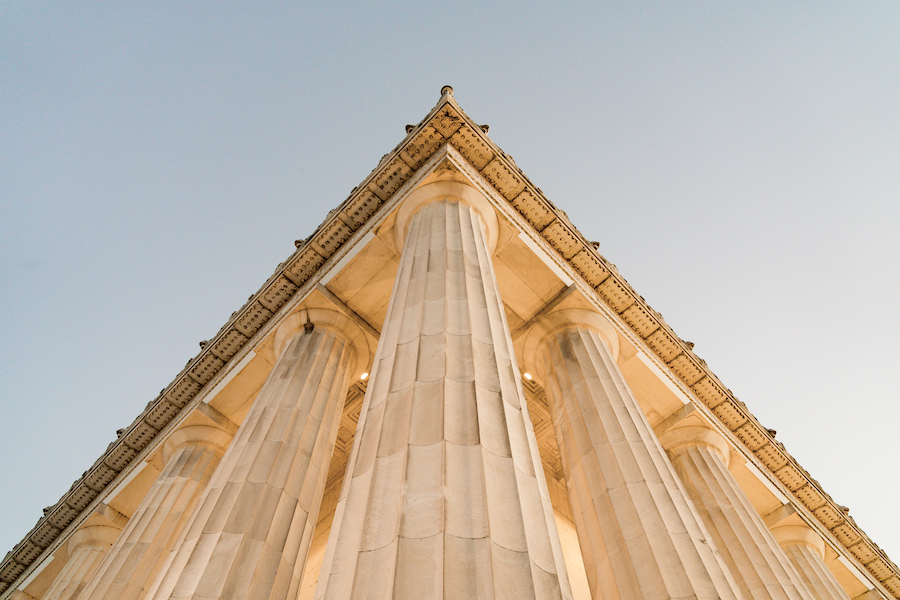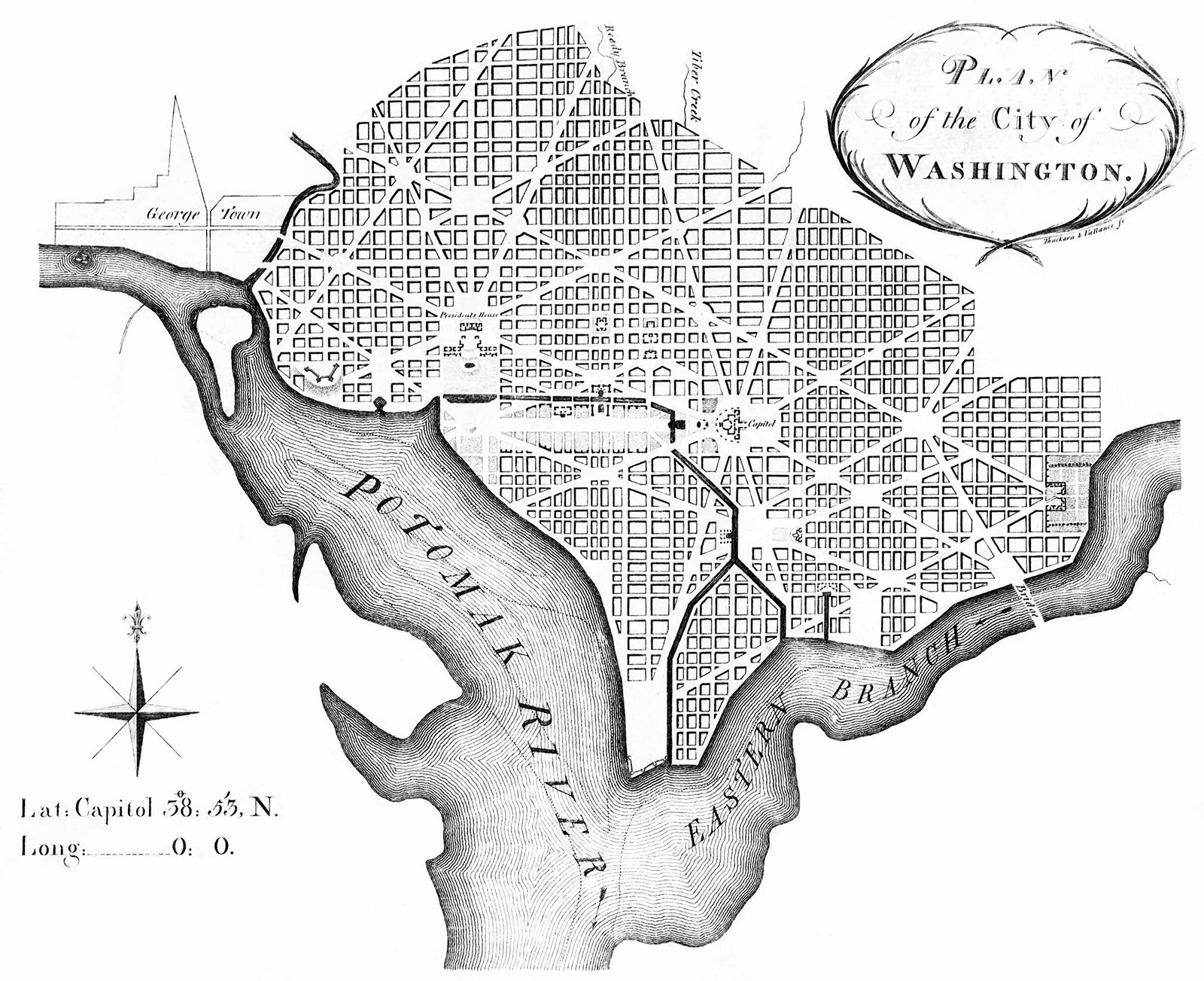
Established as the nation's capital in 1790, DC has been a dynamic city with plenty of highs and lows to match its place in American history.
Before the arrival of European settlers, the region around today’s Potomac and Anacostia rivers teemed with life and natural resources. Two main Native American villages sat along the rivers. The Nacotchtank village, a major trading center, was located in the floodplains between present-day Bolling Air Force Base and Anacostia Park in southeast DC. Another town, Nameroughquena, most likely sat across from Theodore Roosevelt Island on the Potomac’s west bank.
Forty years after the first contact with European settlers in 1608, only a quarter of the area’s indigenous population remained. Today, over 4,000 Native Americans live in Washington, DC and continue to teach locals and tourists about their history and culture.
On July 16, 1790, Washington, DC was established as the nation’s capital by the Constitution of the United States. You can read the actual line at the National Archives. From its beginning, it has been embroiled in political maneuvering, sectional conflicts and issues of race, national identity, compromise and, of course, power.
Like many decisions in American history, the location of the new city was to be a compromise: Alexander Hamilton and northern states wanted the new federal government to assume Revolutionary War debts, and Thomas Jefferson and southern states who wanted the capital placed in a location friendly to slave-holding agricultural interests.

President George Washington chose the exact site along the Potomac and Anacostia Rivers, and the city was officially founded in 1790 after both Maryland and Virginia ceded land to this new “district,” to be distinct and distinguished from the rest of the states. To design the city, he appointed Pierre Charles L’Enfant, who presented a vision for a bold, modern city featuring grand boulevards (now the streets named for states) and ceremonial spaces reminiscent of another great world capital, L’Enfant’s native Paris. He planned a grid system, at which the center would be the Capitol building.
Even before coming of age, DC was nearly completely destroyed. During the War of 1812 against Great Britain, enemy forces invaded the city and burned much of it to the ground, including the newly completed White House, the Capitol and the Library of Congress (including all of its books). Thomas Jefferson later replenished the library’s collection by selling off his entire library for $23,950 in 1815.
After the devastation, the city remained small, especially in terms of permanent residents. Soon it would become smaller in physical size as well. In 1847, the portion of the city that had originally belonged to Virginia was retroceded, after the voters of Alexandria elected to leave DC, feeling that they had been left out of development on the other side of the river. You can still see some surviving, original markers for the District today.
The city only increased in size as a result of the Civil War. Slaves owned in Washington were emancipated on April 16, 1862, nine months before the Emancipation Proclamation, and it therefore became a hub for freed slaves. After, it remained a home to a significant and vibrant African American population, which included abolitionist Frederick Douglass. A substantial army was set up just to protect the capital during the war, and the federal government grew around this administration.
Post-war Washington experienced substantial expansion, eventually absorbing nearby Georgetown and surrounding rural areas beyond L’Enfant’s original plans. The initial boundary of Washington City was Florida Avenue, originally called Boundary Street. The first neighborhoods were those that grew up around the Capitol (Capitol Hill), the Center Market (Downtown), and the White House (Lafayette Square). The expansion of streetcar lines in the mid-19th century spurred creation of new suburbs.
In 1901, the city proposed the McMillan Plan, which set out to fully complete L’Enfant’s original designs. This included a redesign and expansion of the National Mall, now the crown jewel of DC. The city continued to expand and develop during the rest of the 20th century, though it suffered riots and civil unrest in the ‘60s and ‘70s, and many residents left inner city areas for the suburbs. Today, these downtown areas are undergoing an urban renaissance, and many people are moving back into Washington itself. Learn more about the history of a few of DC's most storied neighborhoods.
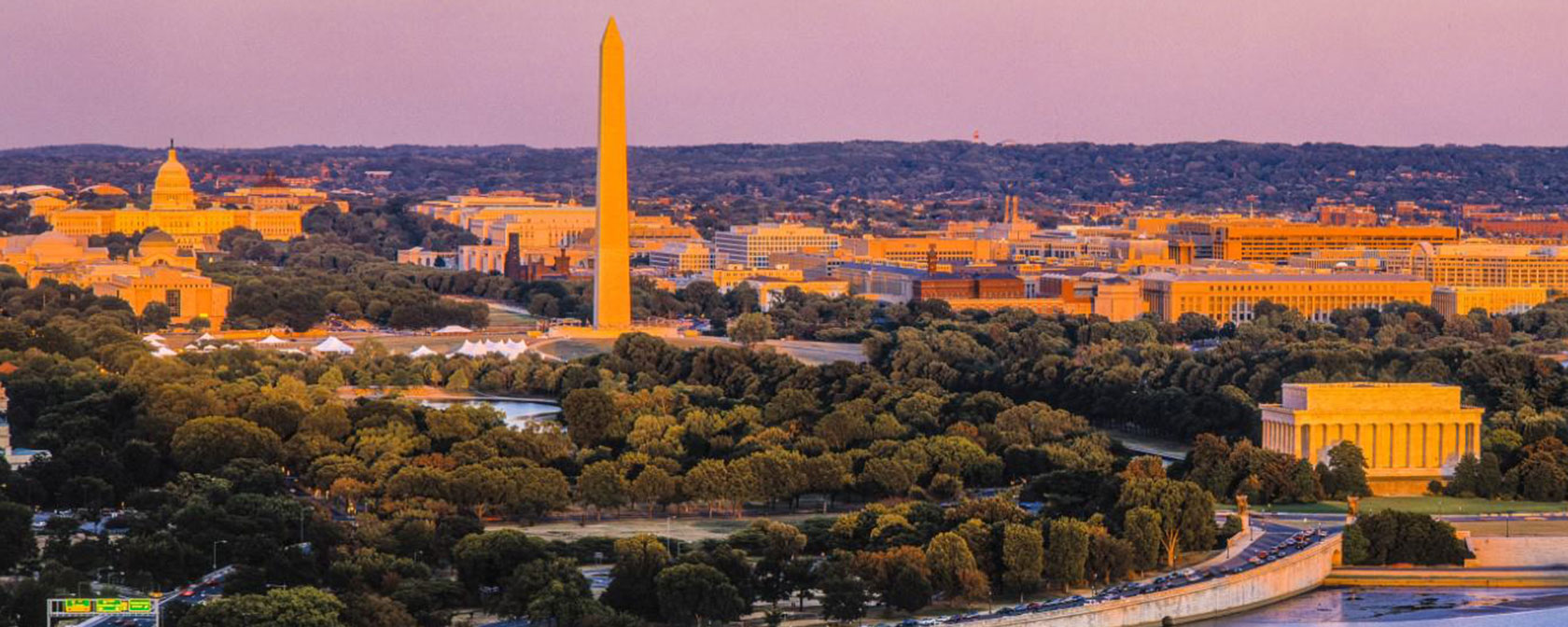
Though a capital city, it is ironic that residents of Washington lack full self-governance. Representation in Congress is limited to a non-voting delegate to the House of Representatives and a shadow senator. In 1964, Washingtonians were first allowed to vote in Presidential elections; the city was allowed to elect its own mayor only in 1973.
It remains a vibrant and culturally diverse city today. The city is rich with international cultures, African American heritage and culture and it’s also one of America’s most gay-friendly cities. In fact, DC recognized same-sex marriage in 2010, before the Supreme Court, nearby, ruled that it was a right in 2015.
After more than 200 years as the nation’s capital, Washington has developed as a complex and layered city, with a distinctive character: both a town for locals, an international center of power and an amazing place to visit.
Today, you can have the best of both worlds by delving into the nation’s past with a visit on the National Mall and museums or adventuring into very modern, exciting neighborhoods.

